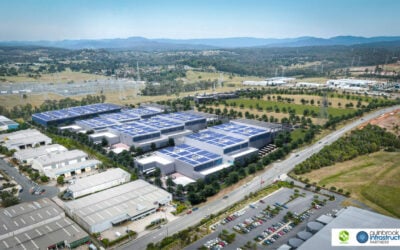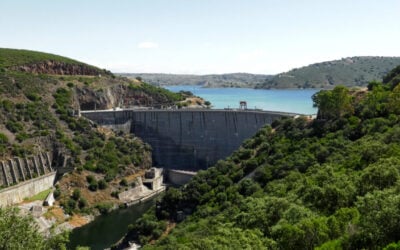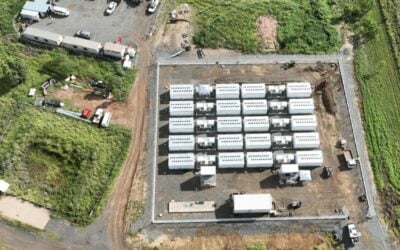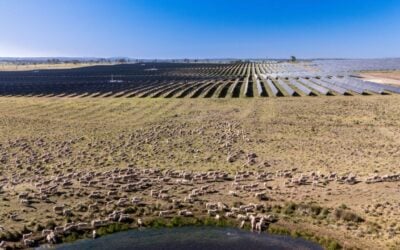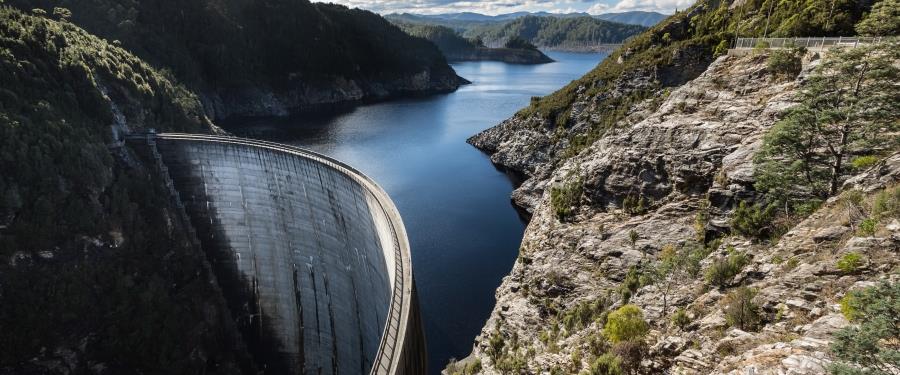
The viability of new hydroelectric power stations, including pumped hydro energy storage (PHES), in Tasmania, Australia, may “come into question” in the future, given the island’s lack of interconnectivity with the mainland.
These are the words of Thomas Fitzsimons, a senior modeller at UK-based research group Cornwall Insight when prompted on the future of Australia’s National Electricity Market (NEM), the electricity grid spanning South Australia, Tasmania, Victoria, New South Wales, ACT and Queensland.
Enjoy 12 months of exclusive analysis
- Regular insight and analysis of the industry’s biggest developments
- In-depth interviews with the industry’s leading figures
- Annual digital subscription to the PV Tech Power journal
- Discounts on Solar Media’s portfolio of events, in-person and virtual
Or continue reading this article for free
Tasmania, which is 100% self-sufficient in renewable electricity generation and net zero in six out of the last seven years, is connected to the NEM via the sole Basslink Interconnector.
The Basslink interconnector is a 500MW high-voltage direct current (HVDC) interconnector from the Loy Yang Power Station in Victoria, on the Australian mainland, to the George Town substation in northern Tasmania.
It is bidirectional, allowing energy to be transmitted both ways. This enables Tasmania’s abundance of hydroelectricity plants and PHES to supply the peak load capacity on the NEM.
According to state-owned company Hydro Tasmania, the Tasmanian system has more than 2.6GW of hydropower. Research conducted by the organisation found that the island state could house over 4,800MW of PHES capacity in the future. This has often seen the region named the ‘Battery of the Nation’.
The potential has led Thomas Fitzsimons to believe Tasmania will lead in installed renewable energy generation capacity as a proportion of state demand.
“As a proportion of state demand, Tasmania will lead, since the domestic load is small and there exists the potential (and plans for) significant hydroelectric storage (PHES) and generation, coupled with a power-hungry demand centre across the Bass Strait,” Fitzsimons exclusively told Energy-Storage.news.
The Marinus Link is the next Tasmania-Victoria interconnector currently under development. The proposed 1.5GW HVDC interconnector will run between Northwest Tasmania and the Latrobe Valley in Victoria. It will be 345km long and include 255km of undersea cables crossing the Bass Strait.
Stage one of the Marinus Link will see a 750MW system installed, with a further 750MW to be added later. The first stage is expected to enter the construction phase in 2026 and be completed by 2030.
Despite this project’s potential, Fitzsimons noted that only half of its capacity has been approved to date, potentially jeopardising the progression of hydroelectric projects, such as PHES, in the future.
“That said, since only half of the potential export capacity to the mainland via Marinus Link has been agreed to date, the viability of some of these Tasmanian hydro projects may come into question,” Fitzsimons says.


